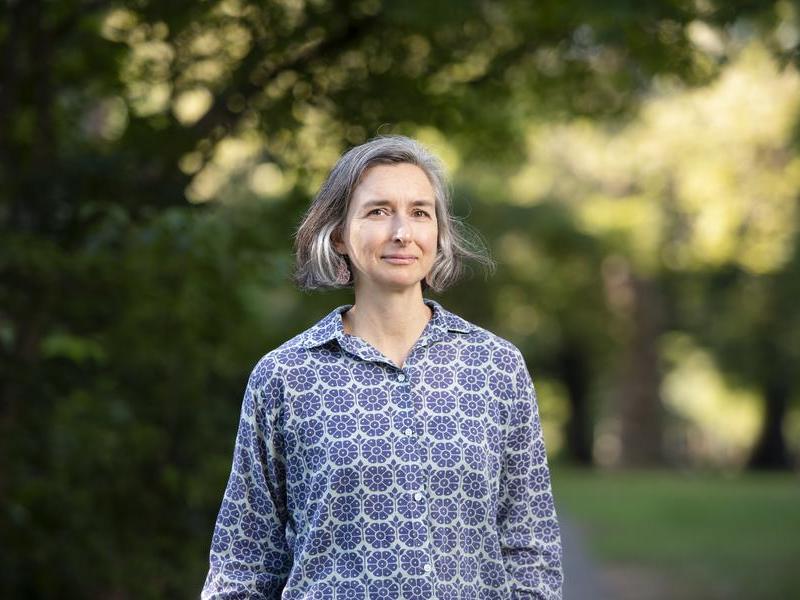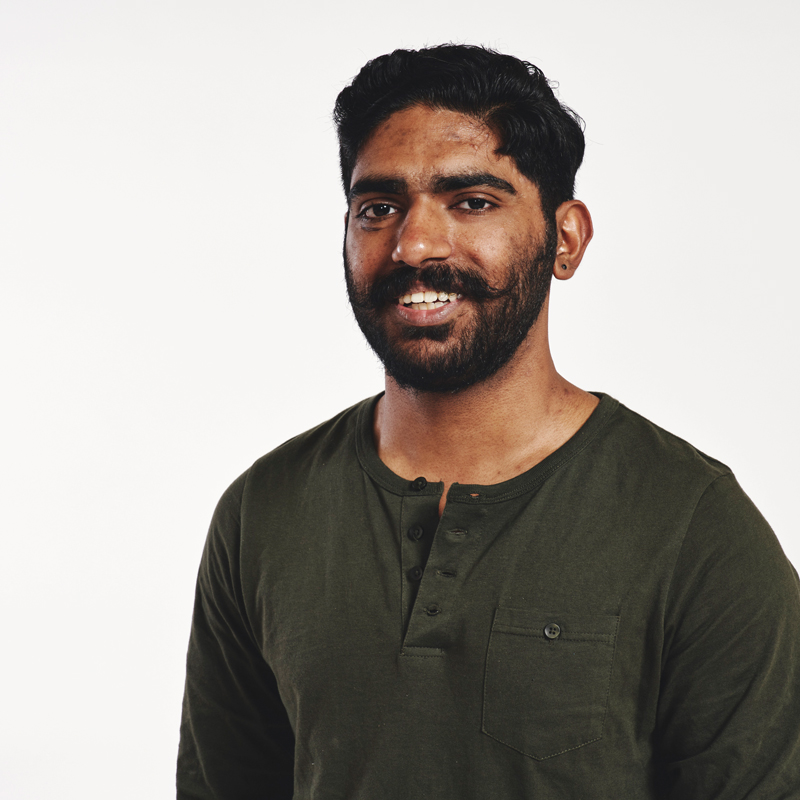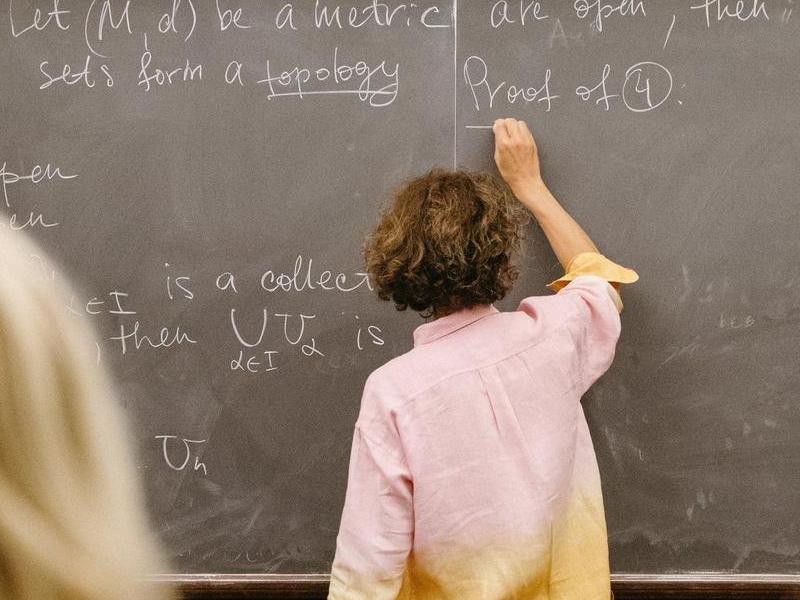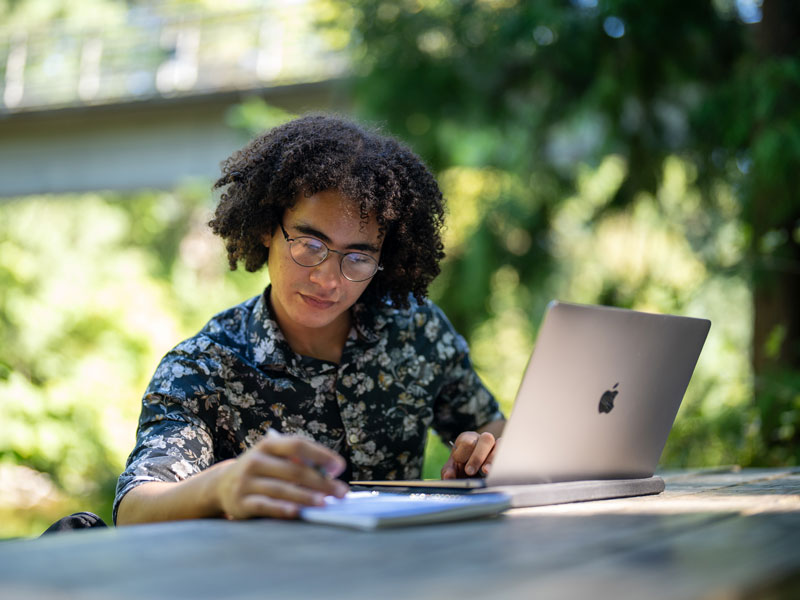Two physics classes at Reed really stand out. First, Classical Mechanics I, with Prof. Johnny Powell. Before this class, I had a conception of classical mechanics as ‘old and boring,’ especially in comparison to concepts like cosmology and quantum mechanics. This class really gave me an appreciation for the incredible utility of these timeless standards of physics. Quantum Mechanics II, taught by Prof. Darrell Schroeter, was impactful for a somewhat opposing reason: it demonstrated the remarkable utility of a rather complex and counterintuitive theory for straightforwardly solving countless problems.
What You’ll Study in the Bachelor’s Degree in Physics
Explore the fundamental principles that govern the physical world as a physics major at Reed College. Our hands-on program develops your analytical and problem-solving skills while providing a liberal arts education that helps you cross academic boundaries. Engage with our expert processors who guide you through interactive class conferences and encourage independent research. Be ready for graduate school or an allied career with a bachelor’s degree in physics from Reed.
Roadmap to the BA in Physics at Reed
Understand the math and scientific concepts to understand and push the boundaries of physics. Interact with professors and peers in our small conference classes and gain research experience in laboratories on and off campus. In your fourth year, demonstrate your knowledge by completing a senior thesis project.
Year One
Take Introductory Courses
Start your physics journey by enrolling in Physics 101 and 102. These calculus-based classes lay a solid foundation for your future studies. Additionally, take Calculus and Introduction to Analysis to deepen your understanding of the connection between mathematics and physics.
To get a taste of our interdisciplinary environment, join your fellow first-year students in Humanities 110. This yearlong class explores human cultures and ways of thinking and cultivates your critical thinking and writing skills.
We also encourage you to attend our weekly physics seminars. Come for free snacks and to hear scientists share their current research in an informal setting.
Year Two
Find Research Opportunities
Continue taking cornerstone physics and mathematics courses by enrolling in Oscillations and Waves, Modern Physics, Linear Algebra, and Vector Calculus. Study directly with faculty members who challenge you and spend time in laboratories for hands-on learning.
You can also start looking into research opportunities within the physics department. Work with faculty during the summer break or find an internship off-campus. Outside of the department, the National Science Foundation supports a variety of Research Experiences for Undergraduates (REUs). If you find other outside opportunities, you can apply for Reed funding to help cover the cost.
Year Three
Take Advanced Courses
Take your remaining required classes: Classical Mechanics I, Electrodynamics I, and Quantum Mechanics I prepare you for more specialized areas of study; and Advanced Laboratory I and II build the lab skills you need to conduct research. Choose from electives such as Thermal Physics, Solid-State Physics, and Computational Methods.
Your firm grasp of physics fundamentals prepares you for the junior qualifying examination. This exam ensures you are ready to begin your senior thesis.
Year Four
Present and Defend Your Senior Thesis
Your time at Reed culminates in the writing of your senior thesis. This independent project includes original work that is theoretical, computational, or experimental. Once you have completed the writing process, defend your project to the faculty.
Through presenting and defending your work, learn to effectively communicate complex scientific concepts—an invaluable skill that will serve you well in various professional settings. Completing your senior thesis also showcases your intellectual growth, research capabilities, and commitment to scientific exploration.
Why Study Physics at Reed College?
Top-Tier Physics Department
According to the American Institute of Physics, Reed’s physics department routinely graduates more physics majors than practically any other liberal arts college in the country. We believe that’s because of the strength of our department—from our dedicated faculty to our emphasis on research.
Our introductory physics courses lay the groundwork for more in-depth work in classes such as quantum mechanics and electrodynamics. Electives include optics, thermal physics, astrophysics, general relativity, and more.
Dual Degree Program Options
Seeking more challenging physics training? Reed College offers a dual-degree or “3/2” program in collaboration with the California Institute of Technology (Caltech), Columbia University, and Rensselaer Polytechnic Institute. Through this program, you can combine three years of physics study at Reed with two years at the partner university and graduate with a bachelor’s degree from each institution.
Careers for Physics Majors
Reed’s physics graduates are ready for advanced degrees in physics, engineering, astronomy, computer science, environmental science, and oceanography. Here is a sampling:
- Patent agent, Klarquist Sparkman LLP
- Cybersecurity engineering manager, Epidemic Sound
- Quantitative analyst, UBS
- PhD candidate, Harvard University
- Professor, University of Southern California
- Professor, Washington University in St. Louis
- Research data analyst, Meketa Investment Group
- Software engineer, cPacket Networks
Achievements of BA in Physics Alumni
Reed students and graduates have made significant contributions to the field of physics, earning recognition from esteemed organizations. Here are a few notable accomplishments:
- Bhavana Panchumarthi ’23, Sperling Studentship
- Patrick Park ’22, Goldwater Scholar
- Noah Shofer ’18, Sperling Studentship
- Mike Sommer ’16, Woodrow Wilson Teaching Fellowship
- Naomi Gendler ’16, National Science Foundation Honorable Mention
- Katur Murch ’02, National Science Foundation CAREER award
- Rachel Scherr ’83, Thomas J. Watson Fellowship
- Charles F. Zukoski ’77, National Academy of Engineering

Our Physics Department Faculty
Our seven full-time faculty members have expertise in various experimental and theoretical areas, from solid-state physics to biophysics. They are also passionate about teaching and include students in their research. Explore their areas of expertise and discover the diverse opportunities available to you at Reed.




